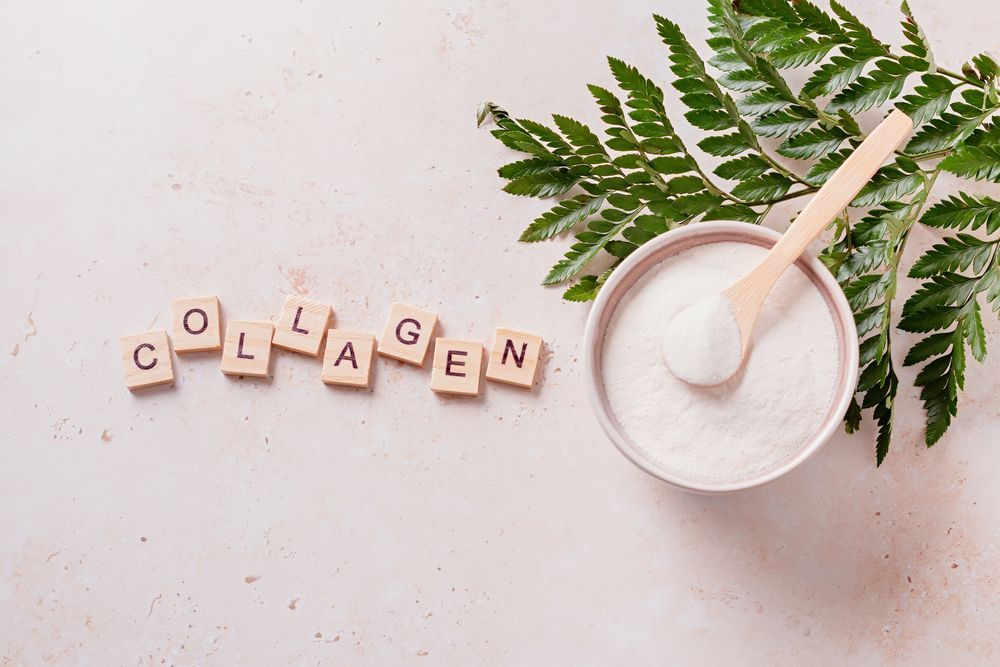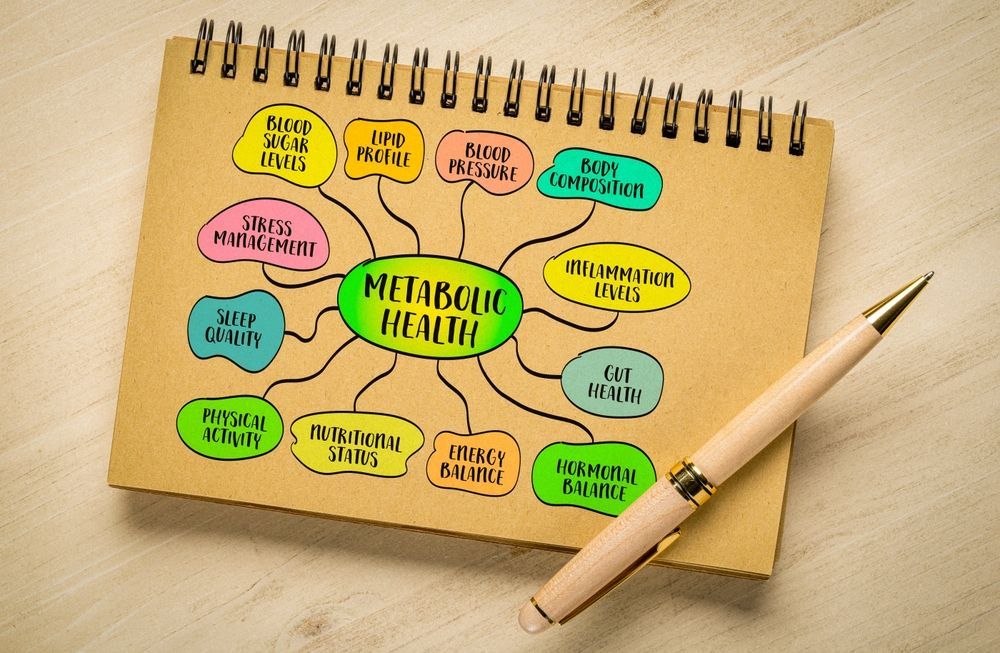IV Therapy for Boosting Collagen and Skin Elasticity

In the quest for youthful and radiant skin, many are turning to innovative treatments that promise results. One such treatment is IV therapy, which is gaining popularity for its ability to deliver essential nutrients directly into the bloodstream. This article explores how IV therapy can enhance collagen production and improve skin elasticity, contributing to healthier and more vibrant skin.
Understanding Collagen and Skin Elasticity
Collagen is a vital protein found in our bodies, particularly in the skin, bones, and connective tissues. It acts as a framework that supports skin structure, providing both strength and elasticity. As we age, collagen production naturally declines, leading to visible signs of aging, such as wrinkles and sagging skin.
The Role of Collagen in Skin Health
The health of our skin is largely dependent on collagen. It helps maintain skin's firmness, hydration, and overall texture. Additionally, collagen is crucial for wound healing; it aids in repairing damaged skin and can improve the appearance of scars. Without sufficient collagen, the skin loses its youthful glow and elasticity. In fact, studies have shown that increased collagen levels can lead to improved skin hydration and a reduction in the depth of wrinkles, making it a popular ingredient in many skincare products.
Furthermore, collagen supplements, derived from sources like fish or bovine, have gained traction in the beauty industry, with many users reporting noticeable improvements in skin texture and elasticity after consistent use.
How Elasticity Affects Skin Appearance
Skin elasticity refers to the skin's ability to stretch and bounce back to its original shape. This characteristic is essential for maintaining a smooth and youthful appearance. Factors such as aging, sun exposure, and lifestyle choices can negatively impact skin elasticity, leading to sagging skin and wrinkles. Enhancing skin elasticity is crucial for achieving a more youthful look. For instance, incorporating antioxidants into your diet, such as vitamin C and E, can help protect the skin from oxidative stress and promote collagen synthesis.
Additionally, regular exercise not only improves circulation but also helps in the delivery of essential nutrients to the skin, further supporting its elasticity. Hydration plays a key role too; drinking adequate water and using moisturizing products can significantly enhance the skin's suppleness, making it appear plumper and more resilient.
The Science Behind IV Therapy
Intravenous (IV) therapy involves delivering fluids and nutrients directly into the bloodstream via a vein. This method allows for faster and more efficient absorption than oral supplements, making it an appealing option for those looking to enhance their health quickly.
How IV Therapy Works
IV therapy typically begins with a consultation where a healthcare professional assesses the individual’s needs. During the session, a sterile IV drip is inserted into a vein, allowing nutrient-rich fluids to flow directly into the bloodstream. This process bypasses the digestive system, enabling quicker delivery and better absorption rates.
Nutrients Delivered Through IV Therapy
IV therapy can be tailored to include a variety of vitamins and minerals that support skin health, particularly those that boost collagen production. Common nutrients include:
- Vitamin C - Essential for collagen synthesis and skin repair.
- Glutathione - An antioxidant that helps protect skin cells and promote a radiant complexion.
- Zinc - Supports skin healing and may help in the production of new collagen.
- Amino Acids - Building blocks of collagen that aid in its formation.
IV Therapy for Skin Health
Utilizing IV therapy for skin health has become a popular trend among those seeking to improve their complexion and overall skin quality. Many providers offer specialized IV infusions designed specifically to enhance skin health and stimulate collagen production.
The Connection Between IV Therapy and Collagen Production
Research suggests that the nutrients delivered through IV therapy can significantly influence collagen synthesis. For instance, high doses of vitamin C provided intravenously have been shown to enhance collagen production, leading to firmer and more youthful skin. Additionally, these nutrients can help combat oxidative stress, another factor that contributes to skin aging.
Enhancing Skin Elasticity with IV Therapy
Incorporating key vitamins and minerals into IV therapy can help improve skin elasticity. The proper balance of nutrients can support the body's natural processes that maintain skin's firmness and flexibility. Regular sessions may result in visible improvements in skin tone and moisture levels, which further enhances elasticity.
Benefits and Risks of IV Therapy for Skin Health
While IV therapy offers numerous potential benefits for skin health, it is essential to understand both the advantages and the risks involved.
Potential Benefits of IV Therapy for Skin
- Immediate nutrient absorption leading to faster results.
- Enhanced hydration which supports overall skin health.
- Support for collagen production which can reduce fine lines and wrinkles.
- Reduction in oxidative stress, promoting a clearer complexion.
Possible Risks and Side Effects
Like any medical treatment, IV therapy comes with potential risks, including:
- Infection at the injection site.
- Allergic reactions to the nutrients used.
- Imbalance in electrolytes if not properly monitored.
Consultation with a qualified healthcare professional is crucial to minimize these risks.
Preparing for Your First IV Therapy Session
For those considering IV therapy, preparation can enhance the experience and ensure optimal results. Understanding what to expect can alleviate any anxiety you may have.
What to Expect During an IV Therapy Session
During your first session, a healthcare practitioner will review your medical history and discuss your specific goals. The actual procedure typically takes about 30 to 90 minutes. You will be seated comfortably while the nutrient-rich solution is administered through an IV drip.
Post-IV Therapy Care and Maintenance
After your IV therapy session, it’s essential to stay hydrated and avoid strenuous activities for the remainder of the day. Additionally, skin may feel more hydrated and plump, so continue to nourish your skin with appropriate skincare products. Following any advice from your healthcare provider will aid in maintaining the benefits achieved through the therapy.
In summary, IV therapy can serve as an effective tool for boosting collagen production and improving skin elasticity. With proper understanding and preparation, it may offer a pathway to healthier, more youthful-looking skin.










